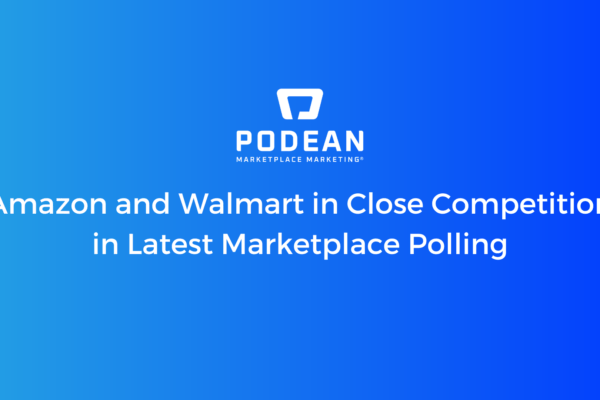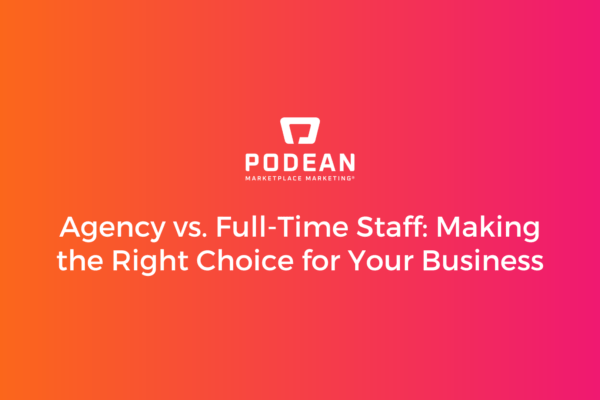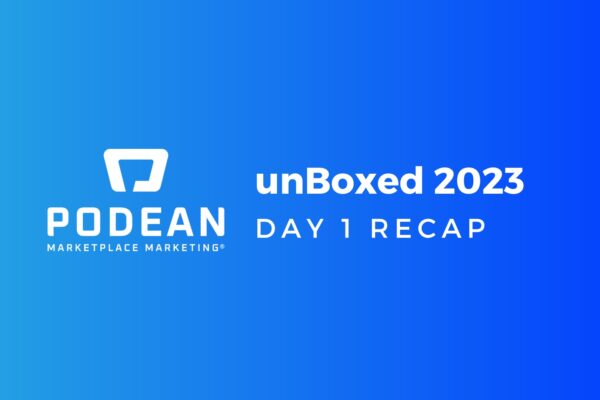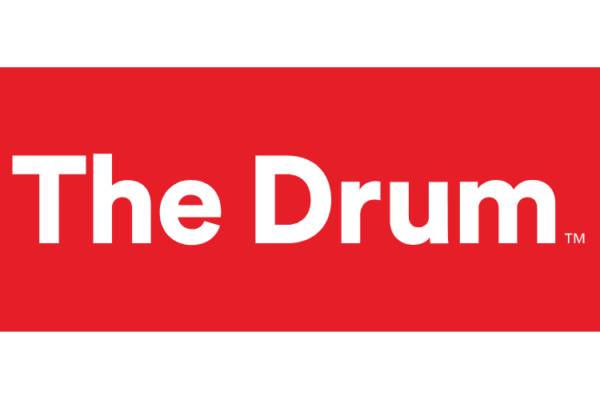Categories
Latest Posts

Skai Director of Sales joins Podean as Director of Retail Media Partnerships
September 12, 2023

Podean Turkey launches & unveils ecommerce research
August 5, 2022
There’s no escaping the fact that the complex world of global logistics is in a state of flux at the moment, with multiple challenges and a uniquely dynamic marketplace, internationally and domestically, and by air, land or sea. Veteran industry insiders are observing huge price swings – one reports selling a large piece of air freight business at $31 a kilo in late April; in December, the cost would have been closer to $5.50.
While there are multiple reasons for this, one of the biggest is that an imbalance in trade means anyone chartering a cargo flight from China to the US will have to pay for both the outbound and inbound legs. In a normal market a charter – a full Boeing 747, for example – would only be booked one way, but the current market dictates that it has to be sent from the US to China empty, then sent back full; the customer has to compensate for the empty leg. Added to that, experts are seeing no pickup in capacity for air freight, especially for the next quarter.
The challenges are different, but no less complicated, when it comes to ocean freight. The largest issue is an imbalance in container equipment – put simply, reductions in manufacturing and physical retail have resulted in full containers that aren’t going anywhere. As a result, the industry has seen a sharp rise in the number of blank sailings, where vessels are cancelled or just keep going without stopping at a port. There’s further impact from new low-sulphur fuel regulations, currency adjustment factors due to huge volatility in currency exchange rates, and fuel surcharges.
What other international and domestic challenges have arisen?
We’re also seeing a significant disparity in prices between different markets as countries and manufacturing begin to open up. If you’re air freighting transatlantic from Europe to the US at the moment, rates are very low; if you’re air freighting transpacific, from China to the US, rates are incredibly high.
And beyond issues associated with trade itself, there’s the impact on personnel – many of the biggest logistics companies in the world have put hiring freezes in place or are furloughing staff in response to a market that doesn’t look likely to return to normality any time soon.
Unsurprisingly, all this has a flow-on effect to local markets, which have problems of their own. In the US, where domestic transport rates are currently around 40% below the same time last year, there’s much talk of the need for a consolidation, with LTL (less-than-truckload) carriers going out of business fast. It’s also worth considering how reductions in warehouse functionality due to social distancing measures have played a part in disrupting the flow of local transportation.
What can brands do right now to mitigate risks?
In normal times, most business models in logistics and supply chain are built on contracts – monthly or yearly – with the spot market (one-time pricing at dynamic rates) representing perhaps 10% of business. These, however, are not normal times, and we recommend running on both the spot market and back up contracts wherever possible, taking things month-by-month, whether you’re looking at trucking, ocean freight or air freight.
If you’re moving something from a warehouse into Amazon or Walmart right now, your rate will be 40% less than at the same time last year. The inverse of that, of course, is that if you’re stuck on a contract, you’ll be 40% off the market rate. Needless to say, companies that are sitting on inventory that’s close to their final consumer are winning right now.
Businesses running a just-in-time logistics model, based offshore, are struggling the most, but anyone with stock close to where their final supply needs to go to, with inventory on hand, is typically going to do very well thanks to very low logistics costs.
Is it possible to predict what’s going to happen?
Things are moving so fast that those businesses profiting now might see opportunities close for them in the future. Once these businesses have cleared any inventory they have sitting around, they’ll confront a new set of problems.
For that reason, we’re doing a lot of demand planning at the moment, using tools and technology that help make sense of demand cycles and complicated global supply chains, like Llamasoft and Infor Nexus (formerly GT Nexus). These work well for large businesses with thousands of product lines, but a smaller operation with fewer products should focus on pairing good order management with an analytics tool such as Microsoft Power BI.
In a market such as this one it’s impossible to predict the future, but preparing your business and your supply chain model for dynamic, uncertain times will leave you less exposed, able to react fast to change, and ready to succeed on Amazon and beyond.
To find out how Podean’s supply chain and logistics experts can help your business, get in touch with us here.
Podean’s unBoxed 2023 Recap: Day 1
LiveCraft streaming studio opens in LA
About Podean
Latest Posts

Skai Director of Sales joins Podean as Director of Retail Media Partnerships
September 12, 2023













Comments are closed.